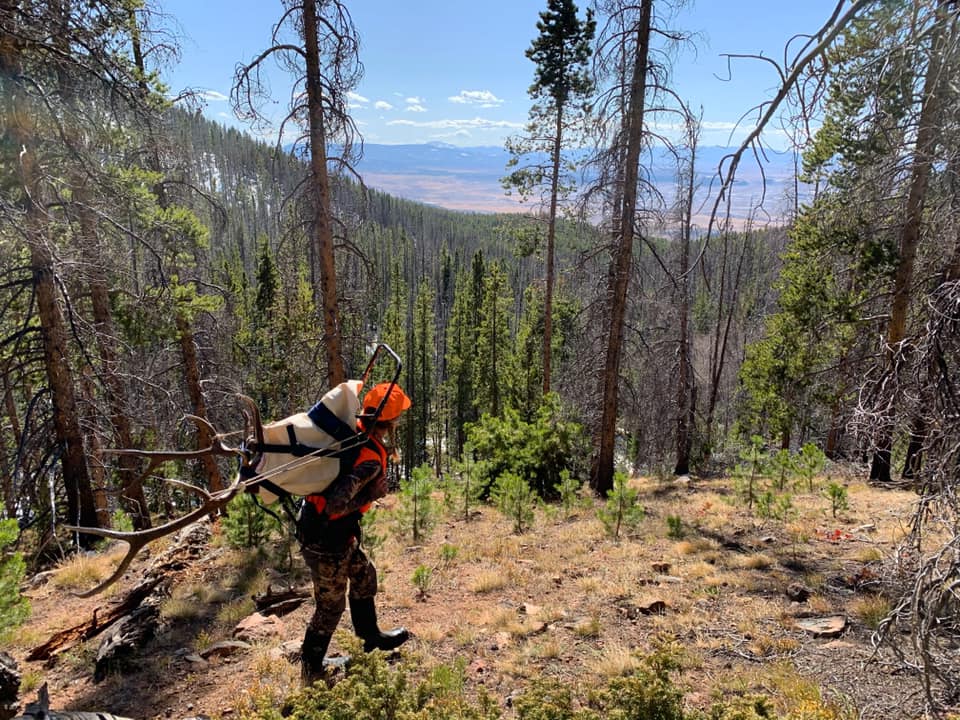Sometimes looking to the future makes you think about the past
I was doing some research for a writing project I have coming due (too soon!) about the future of ungulate population management. The project made me think of Jeannine’s post about public lands and a book I read recently.
The National Survey of Hunting, Fishing, and Wildlife-Associated Recreation, a survey conducted by the U.S. Fish and Wildlife Service and U.S. Census Bureau in partnership with all 50 state wildlife agencies about every 10 years, is a wealth of information about hunting and hunters. The most recent survey was conducted in 2016.
Here are some big game hunting (deer, elk, and wild turkey) stats in the U.S.:
- There are 9.2 million of us (with 8.1 million of us hunting deer)
- We spend $14.8 billion
- We average 14 days of hunting per hunter
Impressive. But what’s more interesting is where we live and where we hunt:
- 45% of us lived in an urban area compared to 82% of the U.S. population
But this fact is really important:
- 38% of hunters lived in a city of 50,000 or more and 86% of them hunted on public land
The number of deer hunters has seen an inexorable decline over the past 30 years. I’m not suggesting more public land is the cure, but it appears to be important to hunters. I know it certainly is to me!
Today many of us take our public lands for granted but they weren’t always a part of the landscape.
Pennsylvania has its own unique history. After its forests were stripped by the early 1900s, many landowners simply walked away and stopped paying taxes. The state picked them up and now we have the state forests and parks that we love today.
Nationally, it’s a different story. I can’t tell it here, but it starts with visionaries like Henry David Thoreau and George Perkins Marsh. Their ideas were the seed that led to the creation of Yellowstone National Park.
The history of our public lands is tied directly to our hunting heritage. From our ideas about public lands came our approach to wildlife and who owns it – and vice versa. All students who want to become wildlife biologists learn about this (or at least I hope they do!).
If you’d like to learn about how Yellowstone National Park was created, how Teddy Roosevelt played a critical role in our public lands, and how Pictured Rocks National Lakeshore can cure your soul, I have a book for you. Don’t worry it’s not a stats or a modeling book so you won’t be bored to tears. And if you are sequestered at home, it might give you the escape you need.
Mark Kenyon, outdoor writer and hunting influencer (Full disclosure: he interviewed yours truly) wrote a book about his adventures on public lands. Like reading our Deer Crew Diaries, you can live vicariously through his travels across the country. As a hunter himself, his perspective should resonate with many of our blog readers while giving insight into the history of our public lands.
-Duane Diefenbach
If you would like to receive email alerts of new blog posts, subscribe here.
And Follow us on Twitter @WTDresearch
